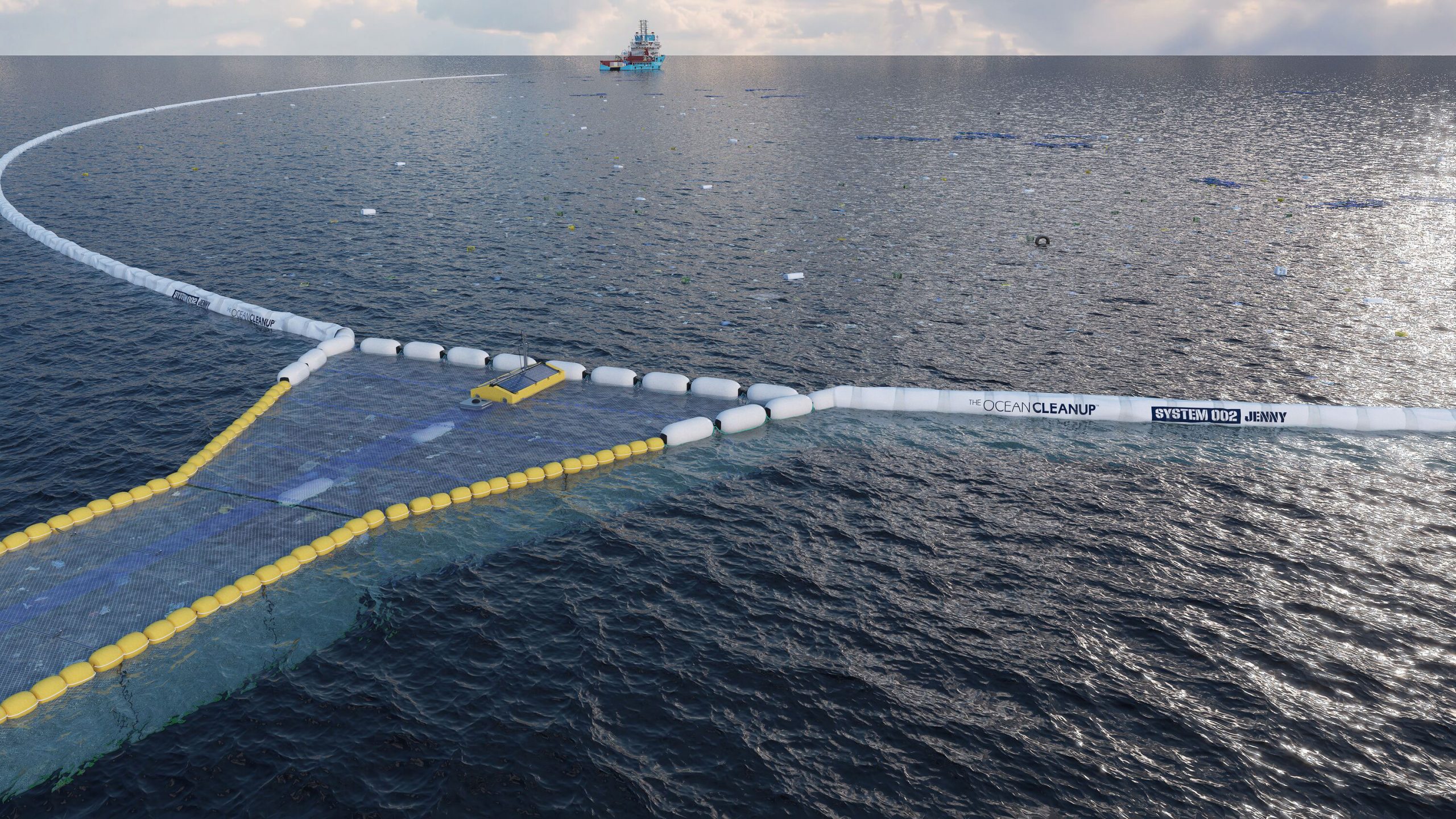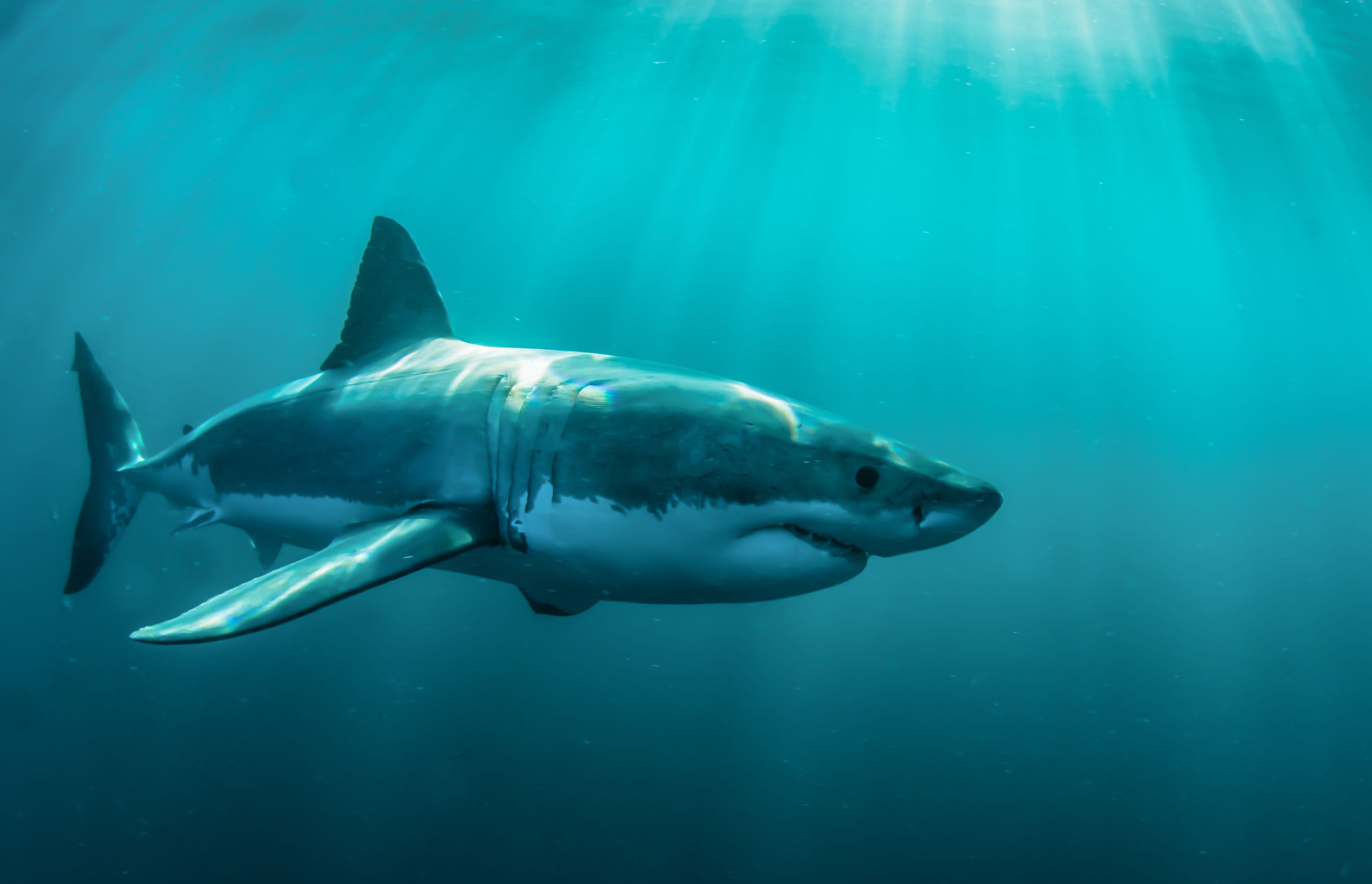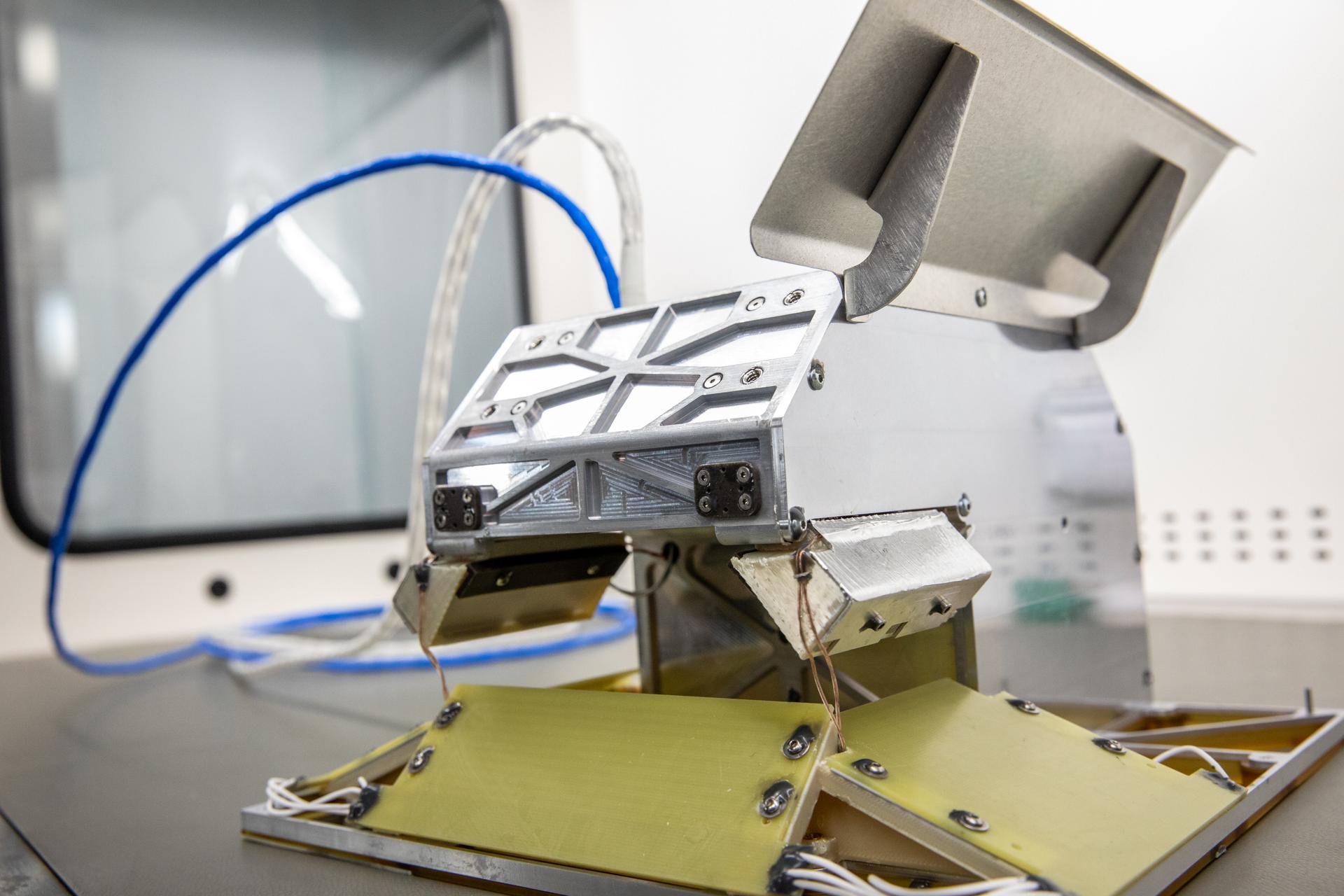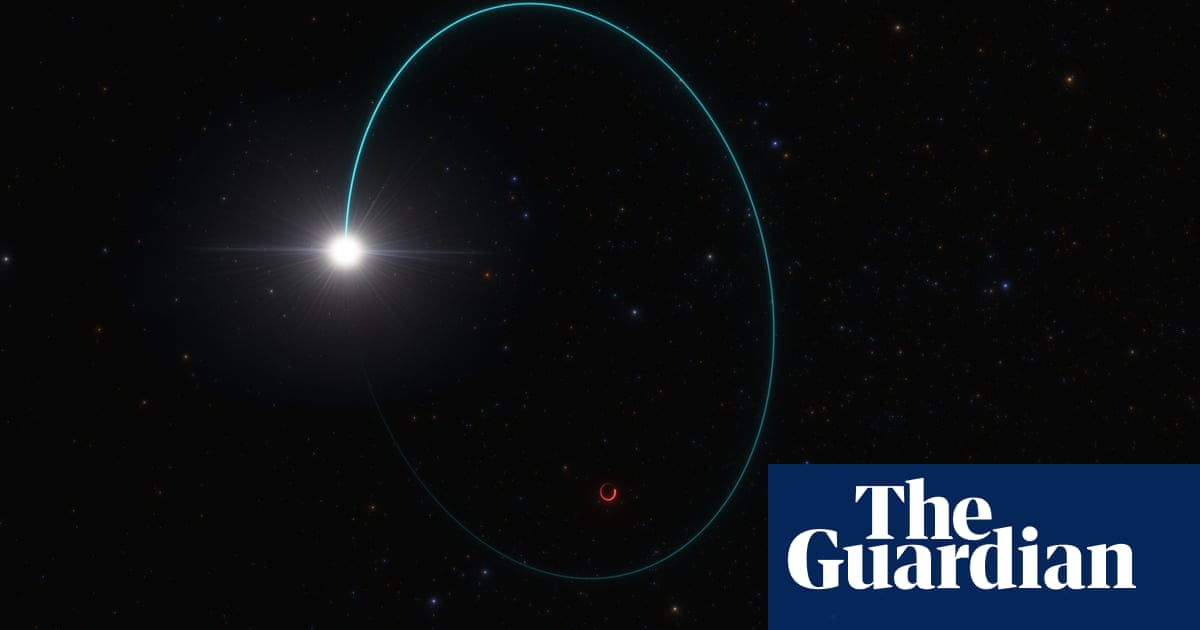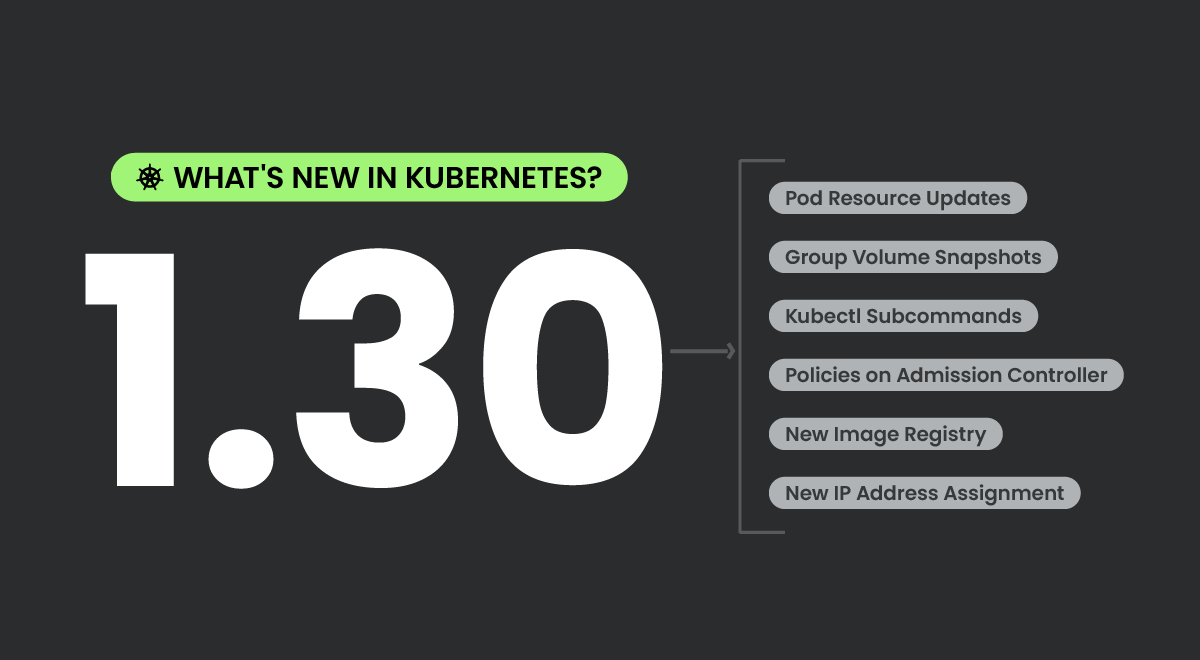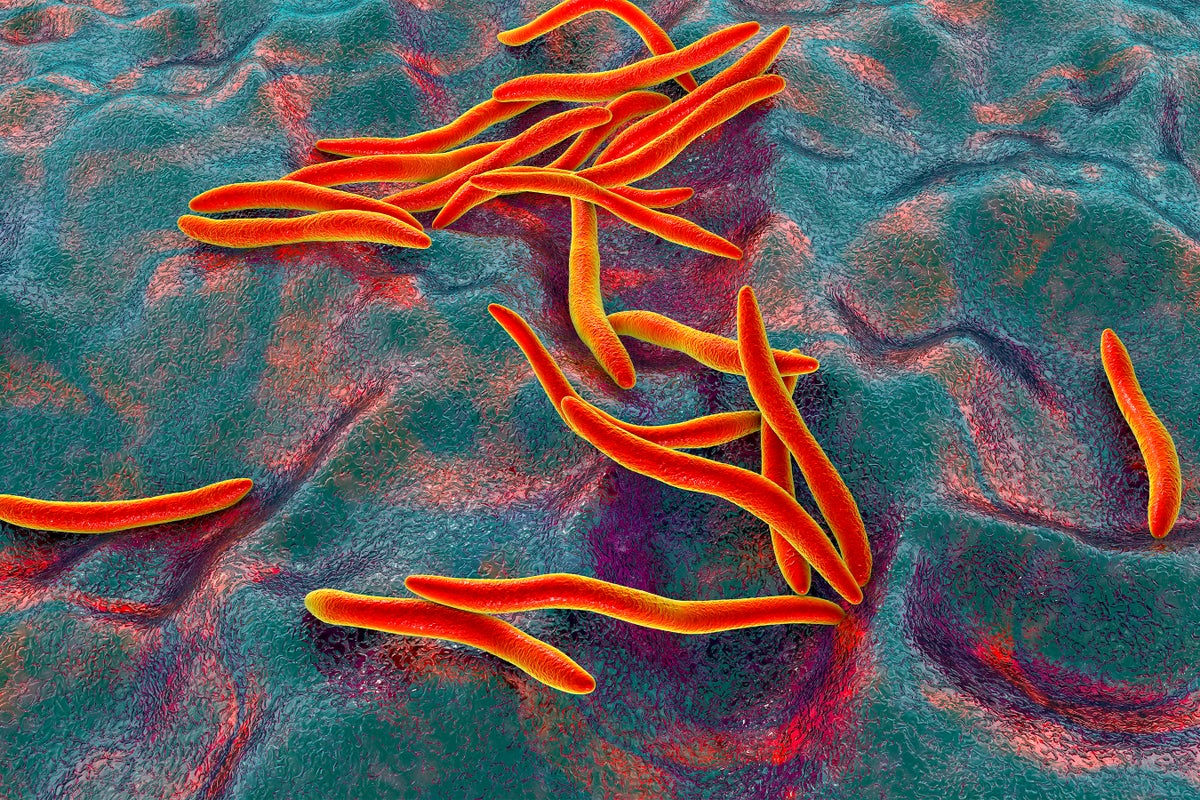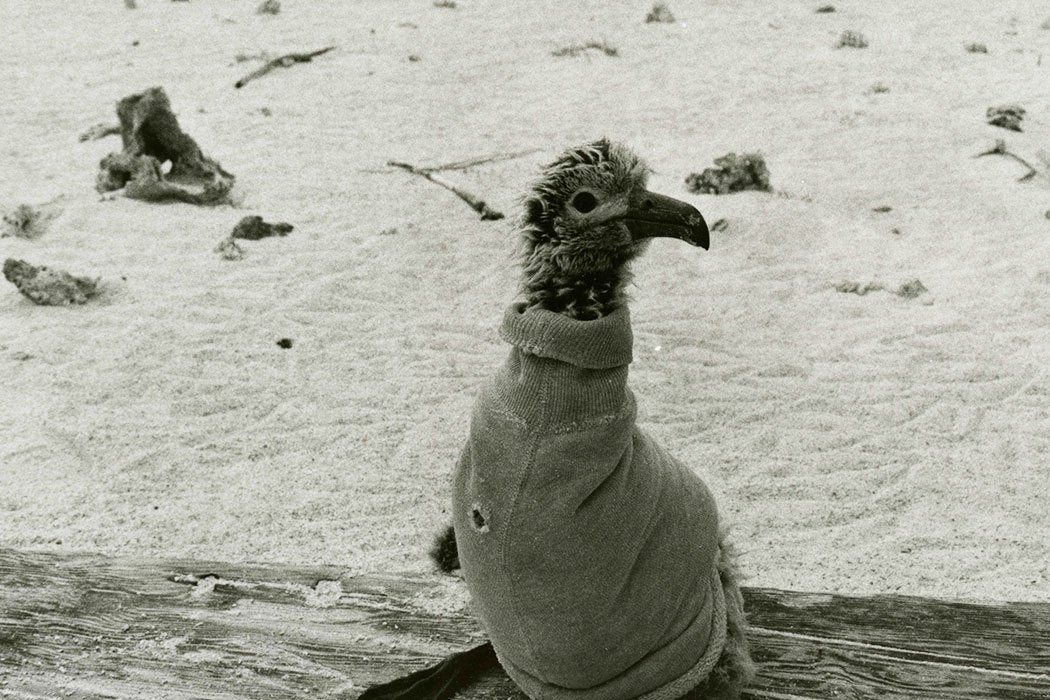
The Strange Tale of the Pacific Ocean Biological Survey Program
I’m staring at a box labeled “Fish Eyeballs.” The crumpled, colorless balls of dried-out flesh inside don’t look especially fishy, let alone eyeball-like. Each is confined to its own glass jar, and they rattle like macabre maracas when I move the box.
Beneath my feet, the marble halls of the Smithsonian Natural History Museum teem with tourists immersed in video displays or taking selfies as Neanderthals. By contrast, this section of the attic feels like a scientific time capsule. Hand-drawn maps are stored in cubbies; card catalogs hold lists of references. Dr. Autumn-Lynn Harrison—research ecologist at the Smithsonian Migratory Bird Center, and my guide for the day—kneels on the floor beside me, sorting through a file drawer of computer punch cards. The punch cards contain extensive data on sightings of birds and mammals, cross-referenced with locations and environmental conditions. A dusty quiet, unique to archives, envelops the room.
We’ve come in search of records of a little-known expedition called the Pacific Ocean Biological Survey Program (POBSP; this replaced the original name, Pacific Ocean Ornithological Project, when someone stopped to consider acronyms). From 1962 to 1969, over seventy scientists and graduate students traveled to U.S. outlying islands in the Pacific Ocean to band birds, conduct surveys, inventory flora and fauna, and collect samples. This attic holds only a small fraction of the project materials in the Smithsonian’s collections, which encompass over 234 boxes and range from specimens to a never-filmed movie script (“Guano Hell: Or, the Roar of the Gore”).
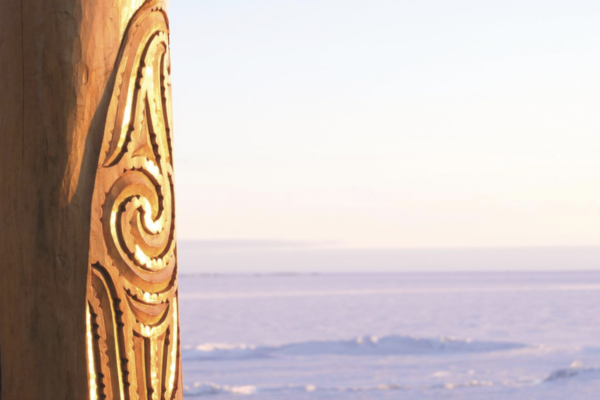
/https://public-media.si-cdn.com/filer/2d/f8/2df8565b-846e-47d1-b139-ce52095fb8da/37437678176_efd04bd9e4_o_web.jpg)
